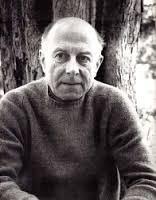Max Papart (1911-1994) was a French artist whose paintings and graphics are suffused with the sunny humor and bright colors of the French Riviera where he was born. Born in Marseille, France he later moved to Paris where he learned the techniques of classic engraving. Papart began his career as a landscape painter. His work evolved into abstraction, and he gained a reputation as the heir to classic cubism. Through the years Max Papart developed spiritual affinities with other styles and schools. Elements of Etruscan, archaic European, African, and pre-Columbian art have influenced his work, leading to his present semi-figurative style. In his art, composition goes hand in hand with color, each strengthening the other. He feels that "color is intuitive." The etchings of Max Papart are noted for contrast in surface textures, achieved with aquatint for a soft, mottled appearance and with carborundum, a technique that results in deep veining reminiscent of stone.
Max Papart briefly attended the School of Beaux-Arts of Marseille, preferring to teach himself to paint. He moved to in Paris in 1936, working as an artisan printer where he exhibits at the Salon des Indépendants and makes his first engravings in aquatint. He participates in diverse group exhibitions. Exempt during the Second World War, he takes refuge in his hometown, where he attends the School of Fine Arts and the Academy of Auzias. He actively participates in the liberation of Marseille. After the war, he crosses paths with Prévert, Ribemont-Dessaignes and other poets whose works he illustrates. He shows his work regularly in Salons (Salon de Mai, Peintres témoins de leur temps, etc.), in museums and galleries. In the second half of the 1950’s, he meets César, Henri Goetz, Jean Michel Atlan, James Coignard, Antoni Clavé, artists who make the south of France their home.
Max Papart evolves from a post-cubist language towards an expression borrowing from abstraction certain plastic syntheses. Lithographs, engraving, etchings, painting, he often utilizes mixed techniques and collage techniques that he manages with dexterity. In 1960, he added to the classic processes, the technique of etching with carborundum, invented by his friend Henri Goetz. In the following years, he taught printmaking at the University of Paris VIII-Vincennes and continued making his own plates and supervising the hand printing of his prints until his death. Papart is probably best known for his cubist style in which he depicts circus scenes, flirting couples, soaring birds, and similar cheerful subjects with flat, overlapping planes of contrasting colors and textures which suggest many levels of depth. His work often achieved what has been called a "time window" effect, through which the viewer senses the past or future. This is not to say that Papart is simply a purveyor of superficial entertainment. For all their decorative gaiety, his works also force the viewer to think. As the noted critic André Parinaud put it, "We are going to rediscover Max Papart as one of the masters of the second cubist generation."
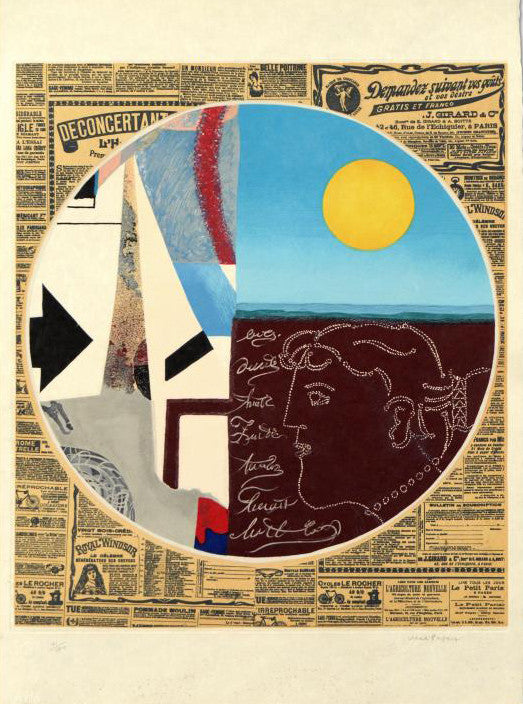
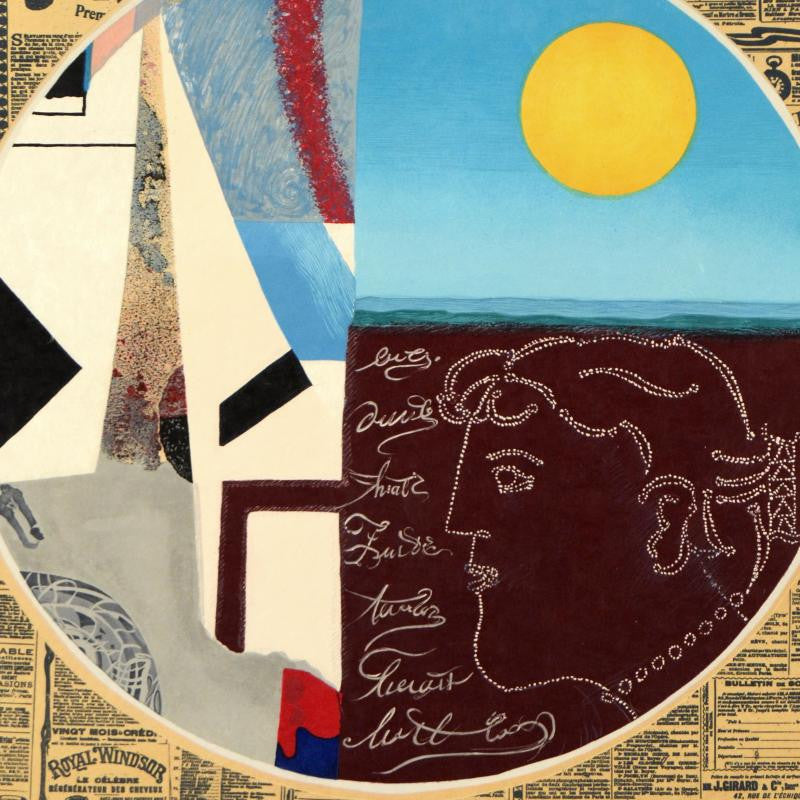 Vendor:Circle with Engraving - Limited Edition Mixed Media on Japon Paper by Max Papart (1911-1994)Art Deals
Vendor:Circle with Engraving - Limited Edition Mixed Media on Japon Paper by Max Papart (1911-1994)Art Deals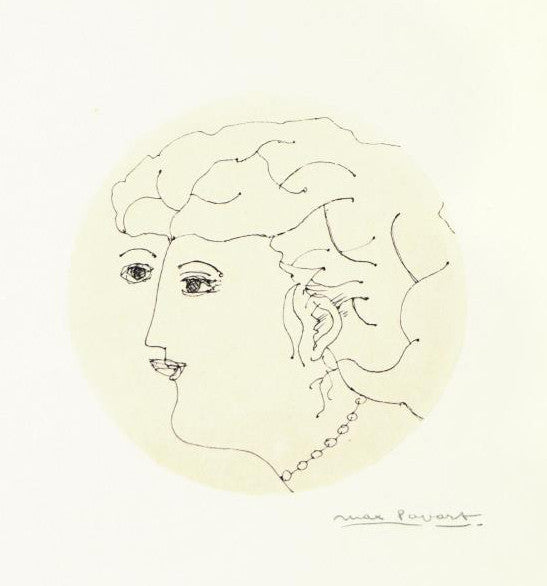
 Vendor:Untitled Original Ink Drawing on Paper by Max Papart (1911-1994)Art Deals
Vendor:Untitled Original Ink Drawing on Paper by Max Papart (1911-1994)Art Deals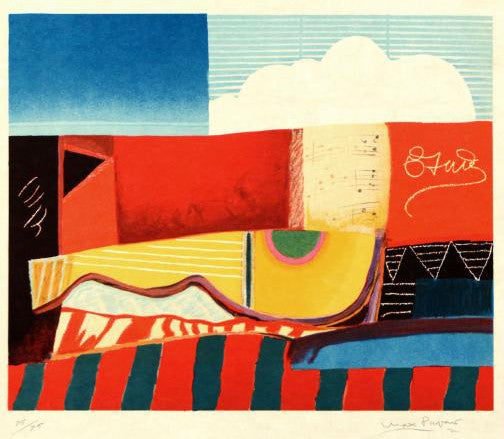
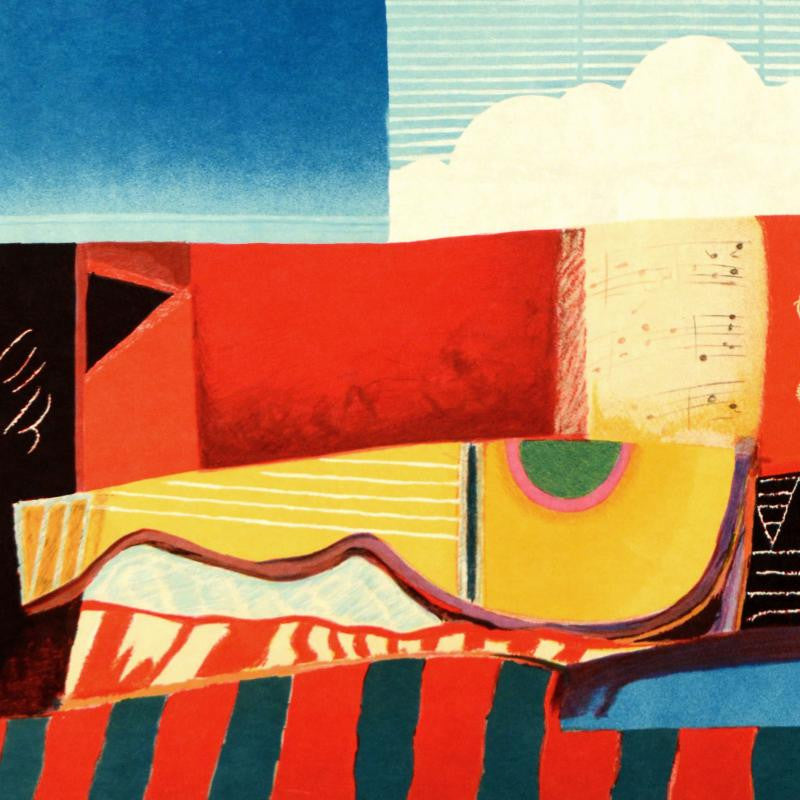 Vendor:Guitar - Limited Edition Lithograph on Japon Paper by Max Papart (1911-1994)Art Deals
Vendor:Guitar - Limited Edition Lithograph on Japon Paper by Max Papart (1911-1994)Art Deals

